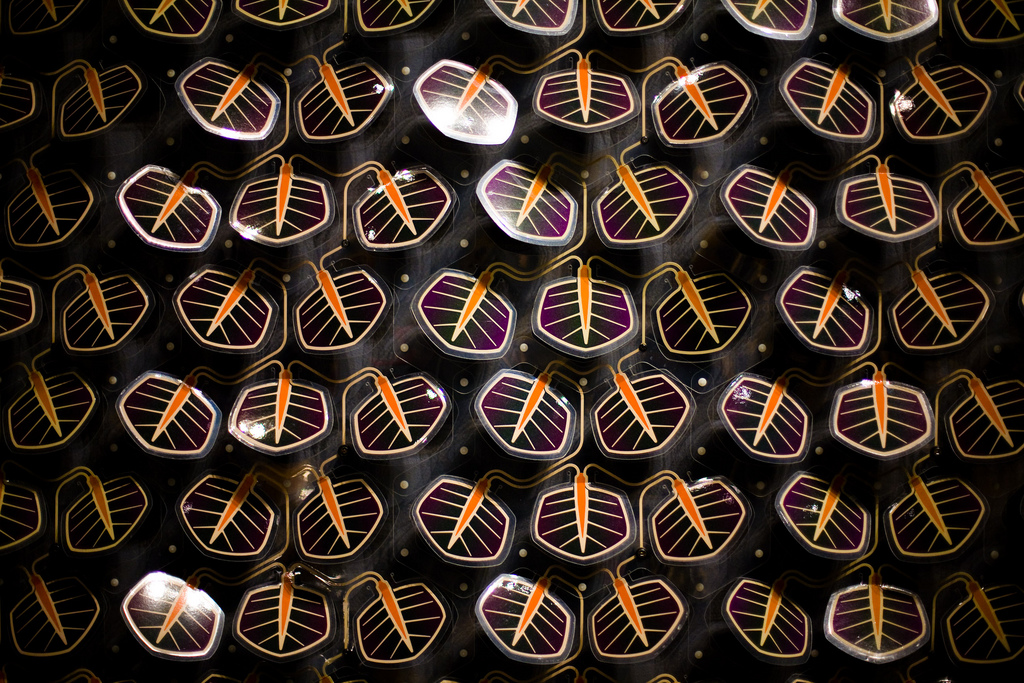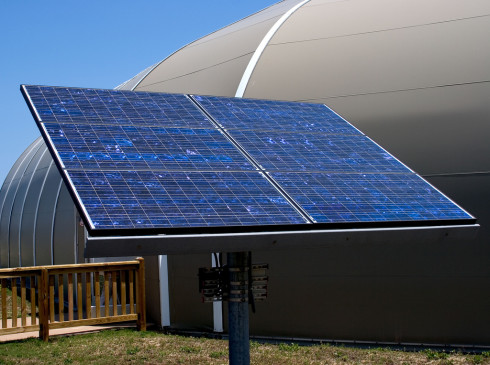The Future of Solar Power Technologies in Australia

As the cost of fossil fuels go up around the world, and the impact of climate change becoming increasingly avoidable, people are looking for reliable, alternative sources of energy. With the favourable climate in Australia, it’s a no-brainer that solar power is the way forward. But gone are the days of inefficient panels at extraordinary prices – and Australian researchers are leading the way.

About solar power
Solar power is fast becoming the top choice for families and businesses looking to cut down on their electricity bills and minimise their impact on climate change. In the past, the cost was inhibiting, but as technology improves and costs come down – it is being rapidly implemented.
Solar power can be used for a variety of purposes – some use it in combination with standard energy while others use it as a sole energy provider. It can also be used as a standalone technology to heat a hot water system, which can be a popular choice as heating can account for up to 70 per cent of energy bills.
In the past, solar energy could only be captured and used at that same moment – but now, solar systems are able to store energy during the day and then release it at night, making it a much more practical choice.
Australia and solar power
Australia is a global leader in solar power technology. There are nearly 17,000 people employed full-time in the solar industry and there are now over one million solar power systems installed across the country, compared to just 8,000 in 2007.
A 2013 report into Australia’s solar energy future found that despite Australia being the world’s sunniest continent, solar energy was largely underutilised. However, it also found that the price of solar power systems were dropping so fast that in some areas the cost was almost competitive with standard electricity companies, and the cost of installation was less than a quarter of the price a decade ago. (Flannery, T., 2013)

Current solar power technology
Solar power technology has come a long way even in just the past few years, and Australians now have numerous options when it comes to choosing a solar energy solution. Options include manufacturers, materials used and the technology within the solar panels, too.
There are three main types of solar panels – polycrystalline, monocrystalline and amorphous modules. There are numerous others, but these are the most popular choices due to efficiency, cost and aesthetics. For example, monocrystalline tend to be the most efficient, but are not as cheap as polycrystalline is cheaper to produce. In the past few years, though, the cost of monocrystalline panels have dropped – making them the most popular choice for Australians.
Future of solar power
It is estimated that by 2050, solar power will account for 29 per cent of Australia’s energy needs. (Flannery, T., 2013) To achieve this, technology needs to be continually advancing – and new solar technology is already on its way, with Australia leading the research. Here are a few key developments happening in Australia right now.
Printable Solar Panels
Australian researchers have recently developed a method of producing printable solar cells. A printer that has been installed at CSIRO is capable of printing solar cells in A3 size – the largest ever created. Although they are not ready to be released to the public, the technology – and low cost of production – is a good sign of things to come.
Solar Power Farms
In August 2013, the University of Queensland announced that it had would be leading a $450 million solar farm project in western New South Wales. A joint initiative between the Federal Government and AGL Energy, the project will see the building of the southern hemisphere’s largest solar power plant, bringing renewable energy into many more homes. (UQ, 2013)
The building of solar farms has the benefit of providing mass solar power and minimising our carbon footprint, without the need for individual homes to have solar panels installed.
Mildura Solar Concentration Power Station
The largest step towards increasing solar energy in the state of Victoria is due to be completed in 2017. The Mildura Solar Concentration Power Station, which will become Australia’s largest concentrated solar panel plant on completion, is set to be a 100MW power plant and currently has 40 CPV dishes already feeding power into the region’s grid. The technology to be used at the power station was originally developed by Boeing to be used on satellites.
The company who owns the power station, Silex, has said that the cost of energy could drop to 10c/kWh ($100/MWh) within a few years using their innovative technology, which – if achieved – is a significant decrease. (Renew Economy, 2013)
Conclusion
Considering the huge increase in uptake of solar energy in just the past five years, solar is clearly the way forward for Australia’s energy supplies. Not only is it cost-effective but it utilises a resource that is naturally available to us and doesn’t require Earth-destroying mining or drilling to get to it.
Although solar power is already a relatively significant part of energy in Australia, technology still has a long way to come before it is considered our primary source.
Images by Kenny Louie, Jimmy Joe and Richard Gifford.
 Follow
Follow